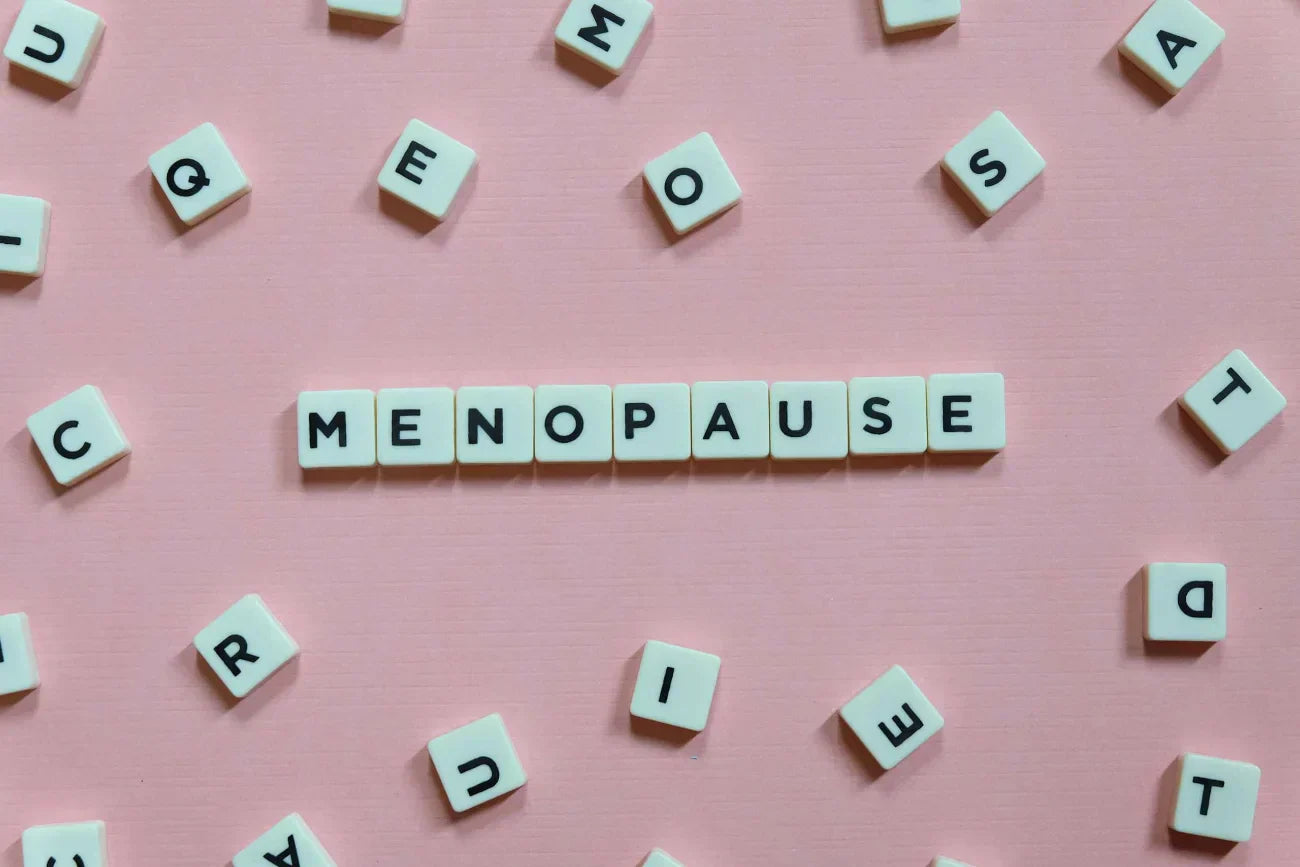During the menopause you may think that the female reproductive system is causing you problems. However, the opposite is true. It provides you with emotions and perhaps even the possibility of becoming a mother. That is why at this stage it is crucial to take the right care which will ensure your wellbeing.
In this article we tell you all about this important part of your body, so that you can discover everything you have inside you and what it does for you; this way, you will be encouraged to take care of it consciously.
What is the female reproductive system?
Firstly, it is a set of key organs that enable women to have sex, reproduce and menstruate. Some women are not born with all of them, in which case their function and probably their fertility is affected (1).
Subsequently, to better understand the female reproductive system, we will divide it into external and internal organs.
External organs
These organs of the female reproductive system have the primary function of protecting the internal parts and serving as a channel for sperm to enter the vagina. Vulva is the collective name for the external genitalia, although some people still mistakenly call it the vagina (1).
This group is made up of the following parts (1):
- Labia majora:
Which enclose and protect the other reproductive organs. They contain sweat and oil-secreting glands which, during puberty, become covered with hair.
- Labia minora:
These vary in size and shape and lie just inside the labia majora. They surround the opening of the vagina and the urethra.
- Clitoris:
This is the junction of the labia minora and is noticeable as a small but quite sensitive protrusion; in turn, it is covered by a fold of skin called the foreskin, similar to the penis in males.
- Vaginal opening:
Allows for the passage of menstrual blood and childbirth. Any object hat requires insertion into your vagina passes through here.
- Hymen:
This is a piece of tissue that covers the vaginal opening. It is present from birth and changes shape with first intercourse or childbirth.
- Urethral opening:
This is the opening through which urine comes out.
Internal parts

Similarly, here we include those parts of your female reproductive system that are not visible, but which you may have noticed if you have suffered from pelvic pain. In this portion we find (1,2):
- Vagina:
A muscular canal that connects the cervix to the outside of the body. It is able to widen to accommodate a baby and then return to its normal size; in some conditions, such as vaginitis and vaginismus, it may be even narrower. It is covered with mucus that keeps it moist.
- Cervix:
This is the lowest part of the uterus. It has a hole in the middle that allows sperm, menstrual blood and babies to pass through during childbirth. However, on a day-to-day basis, it's a barrier that prevents things like tampons from getting into your uterus or getting lost inside.
- Uterus:
This is a hollow, pear-shaped organ. It is characterised by its great ability to expand as it contains the baby during pregnancy.
- Ovaries:
Ovaries are oval-shaped glands located on either side of the uterus. They produce eggs and hormones.
- Fallopian tubes:
Narrow tubes that attach to the top of your uterus and serve as a connection between your uterus and ovaries. Conception usually takes place in this organ.
Tips for the health of the female reproductive system
It is always essential to consult a health professional and go for your routine check-ups. In addition, you can make some changes in your habits that can improve the health of your female reproductive system. Here are a few tips (3,4,5):
- Exercise regularly.
- Eat a balanced diet.
- Maintain a healthy weight.
- Take care to cleanse the external parts of your body daily.
- Avoid vaginal douching.
- Always use condoms to avoid sexually transmitted diseases.
- Get your routine check-up and screening for early detection of cancer.
- Use lubricant during intercourse if you have vaginal dryness.
- Ask your doctor if topical estrogen is right for you.
- Learn about hormone replacement therapy and ask your doctor about its use in your particular case.
In conclusion, there is no doubt about the importance of the female reproductive system. Certainly, the arrival of menopause only means that some of its tasks will cease. However, you can take it with a sense of freedom and independence that allows you to reinvent yourself. Remember that only you can set limits for yourself - take courage and start taking care of yourself, you will soon notice the results!
Bibliographical references
- Cleveland Clinic. Female Reproductive System: Structure & Function -
. 2022 . Available from: https://my.clevelandclinic.org/health/articles/9118-female-reproductive-system
- Womens Health Female Reproductive System
. Getiton.org.uk. . Available from: https://getiton.org.uk/womenshealth/Pages/Female-Reproductive-System.aspx
- NHS Choices. Treatment - Menopause
. 2022 . Available from: https://www.nhs.uk/conditions/menopause/treatment/
- MedlinePlus Medical Encyclopedia. Aging changes in the female reproductive system.
. Medlineplus.gov. . Available from: https://medlineplus.gov/ency/article/004016.htm#:~:text=Hormone%20therapy%20with%20estrogen%20or,uterus%20may%20take%20estrogen%20only.
- IPPF Global. How to ensure a healthy vagina, vulva, cervix, and uterus |
.. 2021 . Available from: https://www.ippf.org/blogs/how-ensure-healthy-vagina-vulva-cervix-and-uterus
You May Also Like

JOIN US AND GET 10% OFF
Sign up to our newsletter to access free resources, advice and support.















